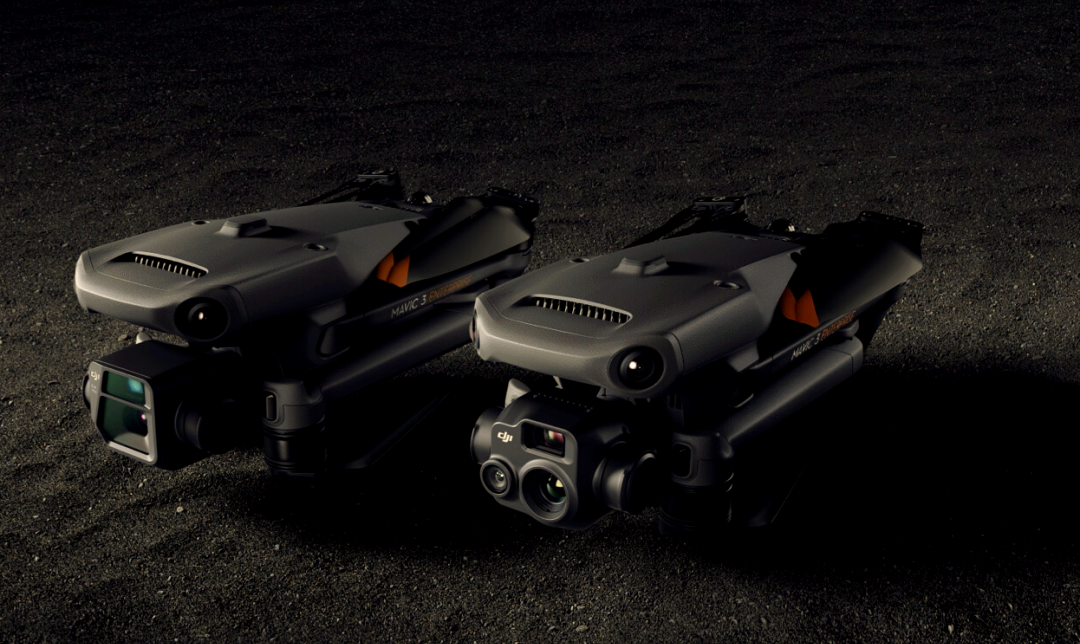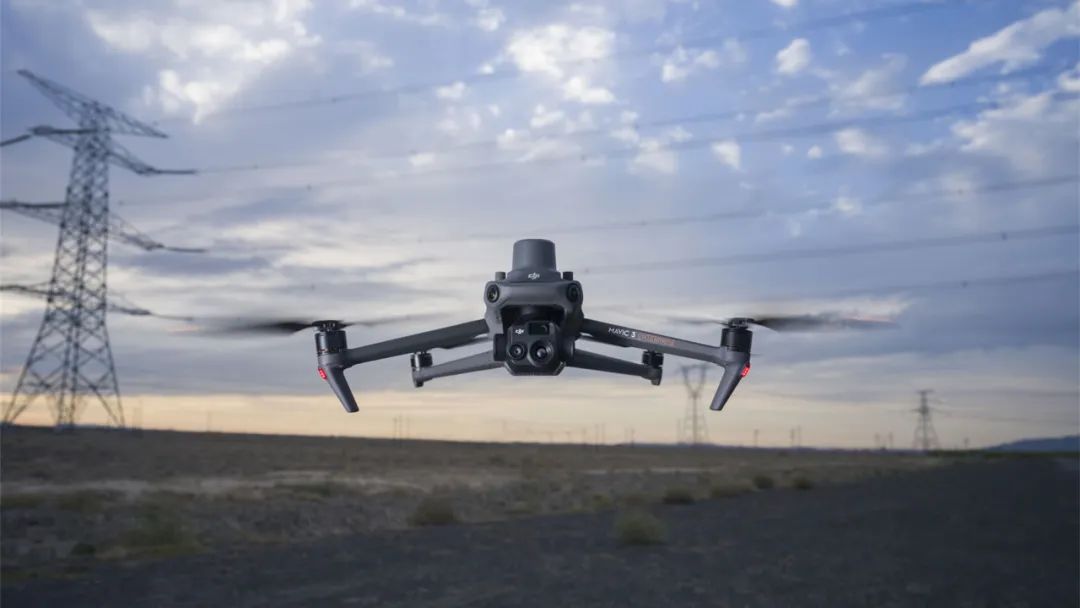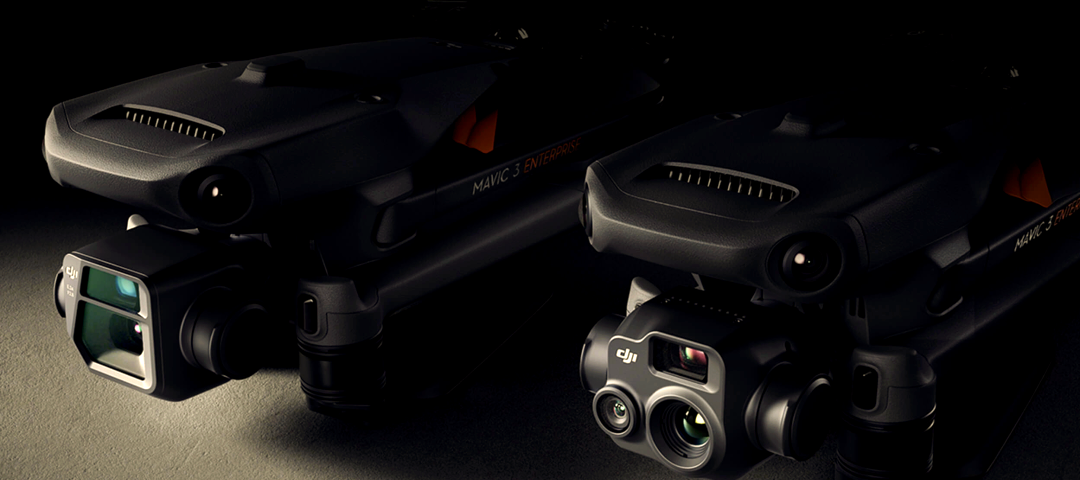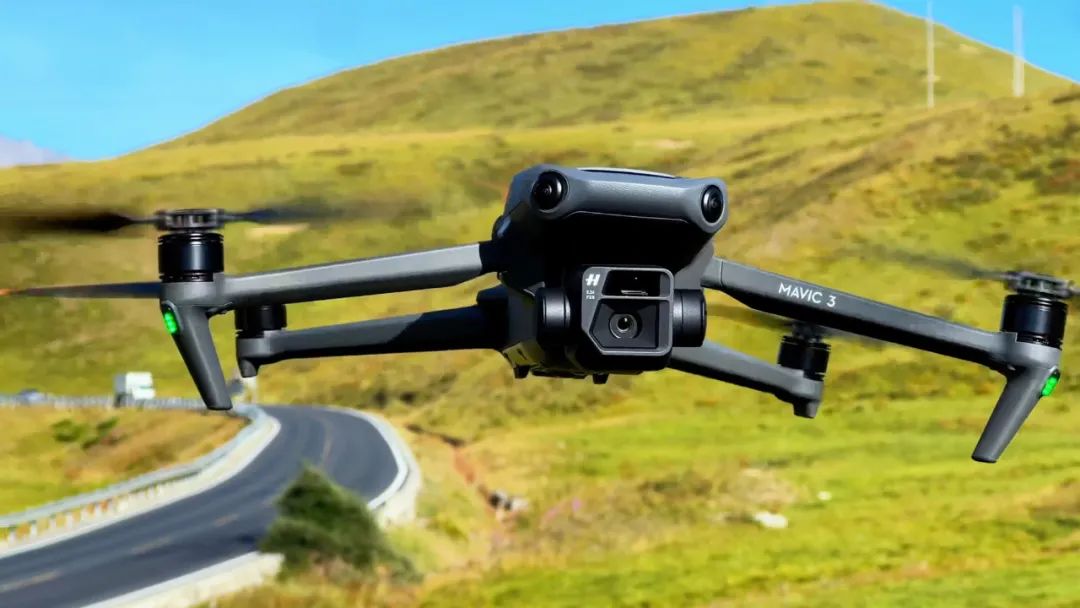The DJI Mavic 3 series includes models such as the Mavic 3E and Mavic 3T, which are widely used across various industries, providing efficient and intelligent solutions for numerous sectors.
The primary difference in thermal imaging between the Mavic 3E and Mavic 3T is that the Mavic 3E does not have thermal imaging capability, while the Mavic 3T is equipped with a thermal camera.


<Mapping Applications>
-
Mavic 3E: Equipped with a 4/3 CMOS 20MP wide-angle camera with a mechanical shutter, it supports high-speed continuous shooting at up to 0.7-second intervals. Its large 3.3μm pixels ensure reliable performance in low-light environments. When paired with the RTK module, it achieves centimeter-level positioning accuracy, meeting mapping requirements without ground control points — ideal for high-precision terrain surveying, urban planning, and similar projects.
-
Mavic 3T: Features a 1/2″ CMOS 48MP wide-angle camera. While the pixel count is higher, its mapping advantages are not as strong as the Mavic 3E’s mechanical shutter and centimeter-level RTK positioning. However, it can still be useful in scenarios that demand more detailed color and texture reproduction.
<Power Line Inspection>
-
Mavic 3E: Integrates a 12MP telephoto camera with up to 56x hybrid zoom, capable of capturing detailed inspection images from 10 meters away. It fulfills most visual inspection requirements for power lines, detecting damage or deformation on towers and related equipment.
-
Mavic 3T: In addition to similar telephoto capabilities, it adds a 640×512 thermal camera supporting spot temperature measurement, area temperature measurement, and high-temperature alerts. This allows operators to quickly locate heat sources and identify hidden overheating faults, significantly improving inspection efficiency.
<Security Applications>
-
Mavic 3E: With its wide-angle and telephoto cameras, it is suitable for urban surveillance, border patrol, and other security scenarios. It provides live HD feeds from above, quickly identifying abnormalities. Its omnidirectional sensing and intelligent return-to-home ensure safe operations.
-
Mavic 3T: Builds on the 3E’s security capabilities by adding a thermal camera, enabling superior target detection in low-visibility environments (night, fog, smoke), and helping identify hidden people or objects for enhanced monitoring efficiency.
<Firefighting Applications>
-
Mavic 3E: Provides a comprehensive aerial view to support fire command decisions, such as monitoring fire spread and assessing structural damage.
-
Mavic 3T: With its thermal camera, it can quickly pinpoint fire sources, assist firefighters in strategizing, and detect hot spots inside buildings. It plays a critical role in fire response and post-fire safety assessments.
<Search and Rescue Applications>
-
Mavic 3E: With long flight time and extended transmission range, it covers large search areas. Its HD camera helps rescuers scan terrain during daytime missions for signs of survivors.
-
Mavic 3T: The thermal camera dramatically improves search success rates at night or in harsh weather by detecting body heat, enabling fast location of survivors.
DJI Mavic 3E and Mavic 3T have several key technical differences, including the following:


<Camera Configuration>
Wide-Angle Camera:
The Mavic 3E uses a 4/3 CMOS sensor with 20MP effective pixels, an equivalent focal length of 24mm, an ISO range of 100–6400, and a mechanical shutter speed from 8 seconds to 1/2000 second.
The Mavic 3T’s wide-angle camera is equipped with a 1/2″ CMOS sensor with 48MP effective pixels, the same 24mm equivalent focal length, but a wider ISO range of 100–25600. It features an electronic shutter with speeds from 8 seconds to 1/8000 second, and a maximum photo resolution of 8000×6000.
Telephoto Camera:
Both drones feature a telephoto camera with a 1/2″ CMOS sensor, 12MP effective pixels, an equivalent focal length of 162mm, supporting 8x digital zoom and 56x hybrid zoom. However, the Mavic 3T’s telephoto camera has a higher ISO range (100–25600) compared to the Mavic 3E’s 100–6400.
Thermal Camera:
The Mavic 3E is not equipped with a thermal camera, while the Mavic 3T features an uncooled VOx thermal imaging sensor with a 12μm pixel pitch, 30Hz frame rate, a 40mm equivalent focal length, f/1.0 aperture, and a focus range from 5m to infinity. It has a noise-equivalent temperature difference (NETD) of ≤[email protected], with temperature measurement ranges of -20℃ to 150℃ (high-gain mode) and 0℃ to 500℃ (low-gain mode), and a temperature accuracy of ±2℃ or ±2%.
Gimbal Structure:
The Mavic 3E’s gimbal tilt range is -135° to 100°, while the Mavic 3T’s tilt range is -135° to 45°, with a controllable tilt range of -90° to 35°, meaning there are differences in tilt capabilities between the two models.
Video Recording:
Both the Mavic 3E and Mavic 3T use H.264 for video encoding on their telephoto and wide-angle cameras, with resolutions of 4K (3840×2160@30fps) and FHD (1920×1080@30fps). However, the Mavic 3E supports higher bitrates — 130Mbps for 4K and 70Mbps for FHD — compared to the Mavic 3T’s 85Mbps for 4K and 30Mbps for FHD.
Additionally, the Mavic 3T’s thermal camera records video at 640×512@30fps with a bitrate of 6Mbps.
Transmission System:
The Mavic 3E uses the DJI O3 Enterprise transmission system, while the Mavic 3T uses the upgraded DJI O4+ Enterprise transmission system, which may provide differences in real-time transmission quality.

